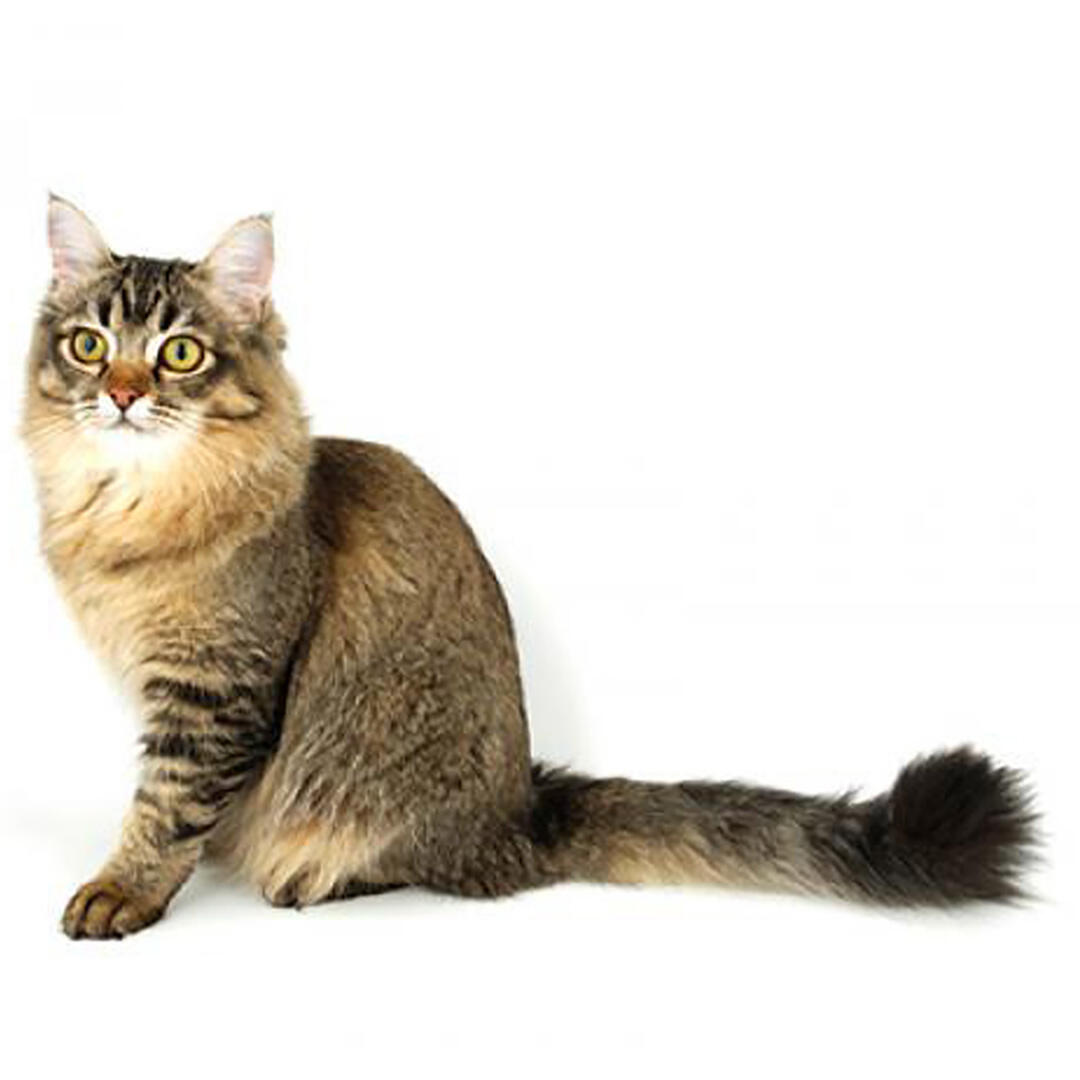
| Family-friendly: | 4/5 |
| Playfulness: | 4/5 |
| Intelligence: | 5/5 |
| Likes Other Pets: | 4/5 |
| Grooming needs: | 4/5 |
| Shedding: | 2/5 |
The Tiffanie cat breed can suffer from:
- Polycystic kidney disease which is an inherited condition where cysts form in the kidneys. This affects kidney function and can eventually lead to kidney failure. However, it is worth noting that the risk of developing This disease in This breed is lower than in other cat breeds that are prone to the problem.
Testing available:
- DNA testing for polycystic kidney disease which tests whether or not a cat has the potential to be affected by this condition.
| Family-friendly: | 4/5 |
| Playfulness: | 4/5 |
| Intelligence: | 5/5 |
| Likes Other Pets: | 4/5 |
| Grooming needs: | 4/5 |
| Shedding: | 2/5 |
More laid back than their Burmese ancestors, but somewhat more outgoing than their Chinchilla Persian relatives, the Tiffanie is a moderate mix of the two. Easy going in a calm, peaceful home and happy to spend most of their time indoors, relaxing, playing with toys or sitting on laps. They do appreciate company but this can be provided for with another cat of the same or similar type, although nothing makes up for interaction with their human.
Country of Origin: United Kingdom
The Tiffanie is almost a by-product in the creation of another breed, the Burmilla. Burmilla breeders set out to produce a short-coated cat with the silver shaded coat pattern of the Chinchilla Persian and so to do this, breeders crossed Burmese cats with the Chinchilla Persian types. The short-coated kittens became Burmilla’s, the long coats, Tiffanies. The breed is sometimes mistaken for the now extinct Chantilly-Tiffany, which was a chocolate-coloured semi-long hair with a distinctive coat that lacked undercoat.
A secure outdoor space such as a cat run or cat-proofed balcony will be appreciated as fresh air and sunshine are beneficial to all cats. However, the Tiffanie will be happy as an indoor cat as long as they are encouraged to exercise and suitable equipment provided for them to climb and jump and space to run is available.
Toys that dispense food can be a great way to keep the Tiffanie motivated to move and be active.
The Tiffanie is inclined towards laziness, and so this is a low-chaos cat, as long as some toys and a cat tree are provided and sufficient company is available. They are more likely to need to be encouraged to exercise than encouraged to chill!
They are not overly happy about being left long periods, even with another cat for company, this is not a cat who will amuse themselves for the weekend with a pet-sitter popping in to feed.
Every cat is unique and each has their own particular likes, dislikes and needs when it comes to food. However, cats are carnivores and every cat must obtain 41 different and specific nutrients from their food. The proportion of these nutrients will vary depending on age, lifestyle and overall health, so it's not surprising that a growing, energetic kitten needs a different balance of nutrients in their diet than a less active senior cat. Other considerations to bear in mind are feeding the right quantity of food to maintain 'ideal body condition' in accordance with feeding guidelines and catering to individual preference regarding wet or dry food recipes.
The Tiffanie coat is particularly thick around the ruff and tail so a habit of regular grooming will help keep them tangle and mat free, and provides a good way to bond and keep your cat used to being handled.
A greasy coat is a sign your cat is not self-grooming at all and this may indicate poor health.
As with all cats, regular vaccination and parasite control is recommended.
For the quiet, peaceful home with older children, the Tiffanie can make an excellent family pet. They are likely to find busy, chaotic homes a bit too much, and will not appreciate the attentions of very small children who find it hard to understand that such a quiet cat is not a toy. Not ideal for those who spend weekends way, as the Tiffanie is likely to find catteries or pet sitters quite stressful and this can lead to behaviour problems.